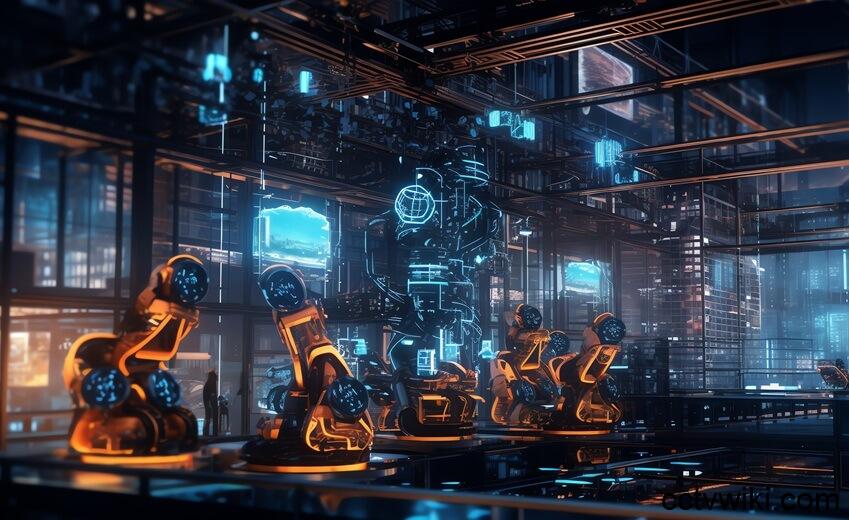Industrial AI: The Key to Smarter Manufacturing
Industrial AI, leveraging the power of artificial intelligence to boost production efficiency and minimize downtime, is rapidly gaining traction as smart manufacturing takes center stage. This article delves into the essential elements for successfully implementing industrial AI, drawing insights from a submission by Moxa, a Taiwan-based leader in industrial networking, computing, and automation solutions, originally published in a&s Taiwan.
Industrial AI thrives on the vast amounts of data generated by IIoT devices – think cameras and equipment sensors – to optimize production and preemptively address potential disruptions. By swiftly identifying defects and predicting machine failures, industrial AI is proving its worth. Recognizing its importance, Moxa highlights three key areas that can pave the way for successful industrial AI implementation:
Building a Unified Data Foundation
For AI applications to truly shine on the factory floor, comprehensive data collection is paramount. This means capturing data from every level, from the initial sensing stage to the network and all the way up to the application level. Seamlessly integrating this data onto a unified AI platform is crucial for enabling real-time decision-making and ensuring scalability for future applications.
Supporting Complex Traffic Patterns
Real-time AI analytics in a manufacturing setting demands a versatile approach, utilizing multiple computing mechanisms tailored to specific use cases. Edge computing, for instance, processes data closer to its source, making it ideal for analyses requiring immediate responses. Cloud computing, on the other hand, offers greater resources for handling more complex data. Depending on the situation, analytics and AI inference can be performed in the cloud, at the edge, or through a hybrid approach.
Building a Highly Adaptive Network and Cybersecurity Architecture
As industrial AI adoption expands, so does the need for diverse network architectures. Both wired and wireless networks are essential for enhanced real-time monitoring and tracking, boosting connectivity, productivity, visibility, and replicability across the production line. Next-generation industrial transmission technologies, such as time-sensitive networking, single-pair Ethernet, and Ethernet-APL, will play a pivotal role here.
The Crucial Role of Networking
The AI transformation sweeping across the industrial landscape is an ongoing journey, and the upgradability of network and communication infrastructure serves as the bedrock supporting this evolution.
“As industrial AI becomes increasingly prevalent in manufacturing, communication networks are evolving from mere channels connecting machines and equipment to real-time mechanisms for managing AI’s efficiency and performance,” notes Shih-Wei Lin, GM for Asia and Taiwan at Moxa.
He further emphasizes: “With the anticipated surge in demand for industrial AI, network communications will be key to successful AI implementation in real-world production environments. This encompasses everything from integrating broader, more granular data to streamlining complex traffic patterns. As AI adoption deepens, only a scalable and resilient network can ensure that AI continues to deliver sustainable and ever-improving results.”
Cybersecurity is Key
Network design for industrial AI applications must also prioritize integrated cybersecurity mechanisms. Implementing security measures from the component level to the system level and throughout the supply chain, using frameworks like IEC 62443 certification, is crucial. Furthermore, given the massive volume of real-time data exchanged between devices and systems, OT networks should adopt traditional IT security technologies, and critical systems should be segmented to ensure swift and effective protection of production equipment and operations in the event of cybersecurity incidents.
Final Word
The ongoing advancement of industrial AI underscores the critical role of networking. Networks and communications, by delivering large volumes of data in real time, empower AI performance and efficiency. They enable AI to detect anomalies, facilitate predictive maintenance, automate processes, and enhance production efficiency and quality. With advanced networking, the true potential of industrial AI can be unlocked to overcome market challenges and seize new opportunities.

